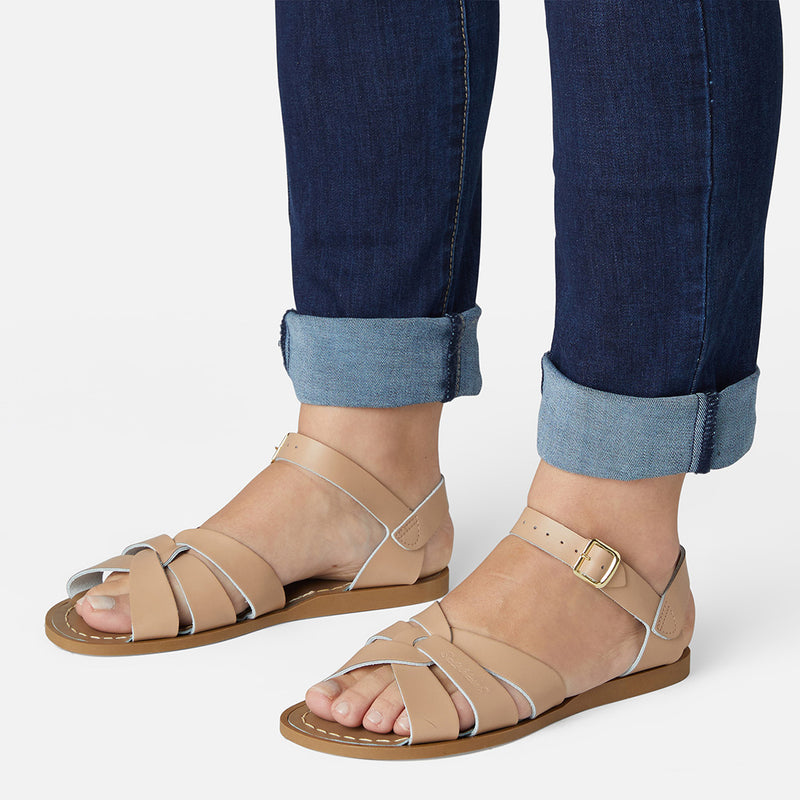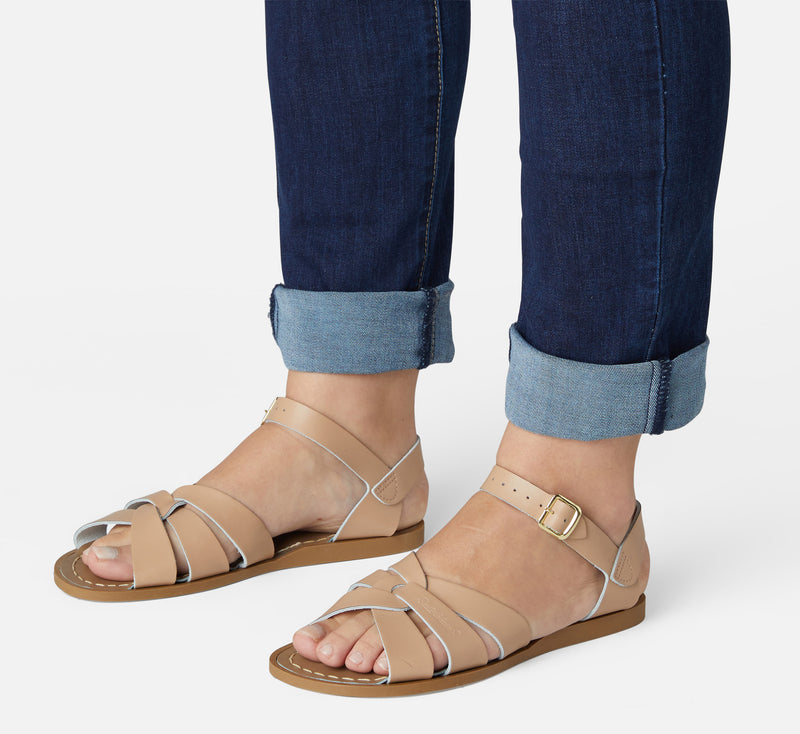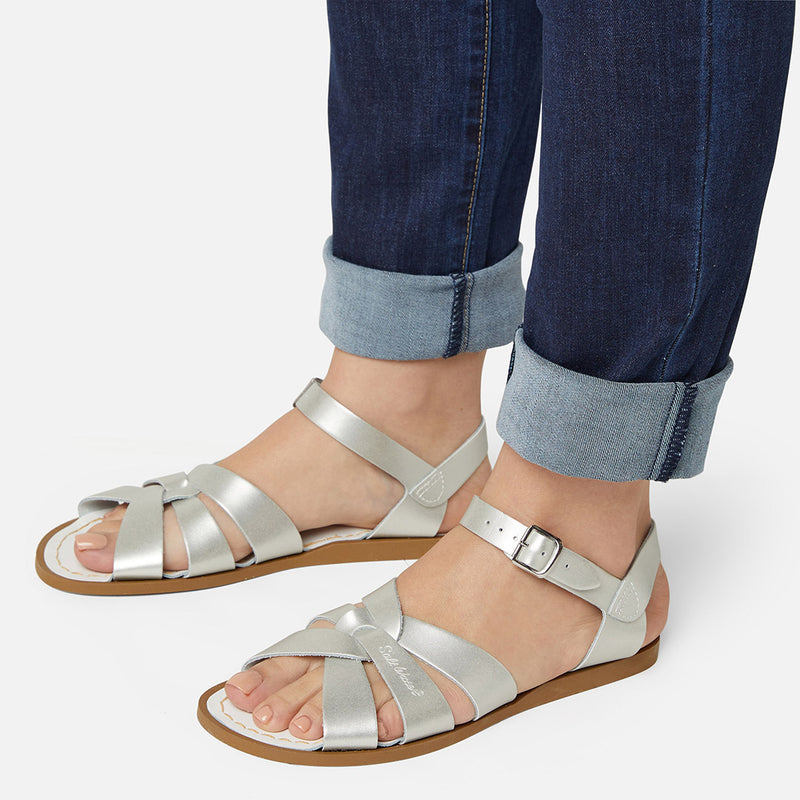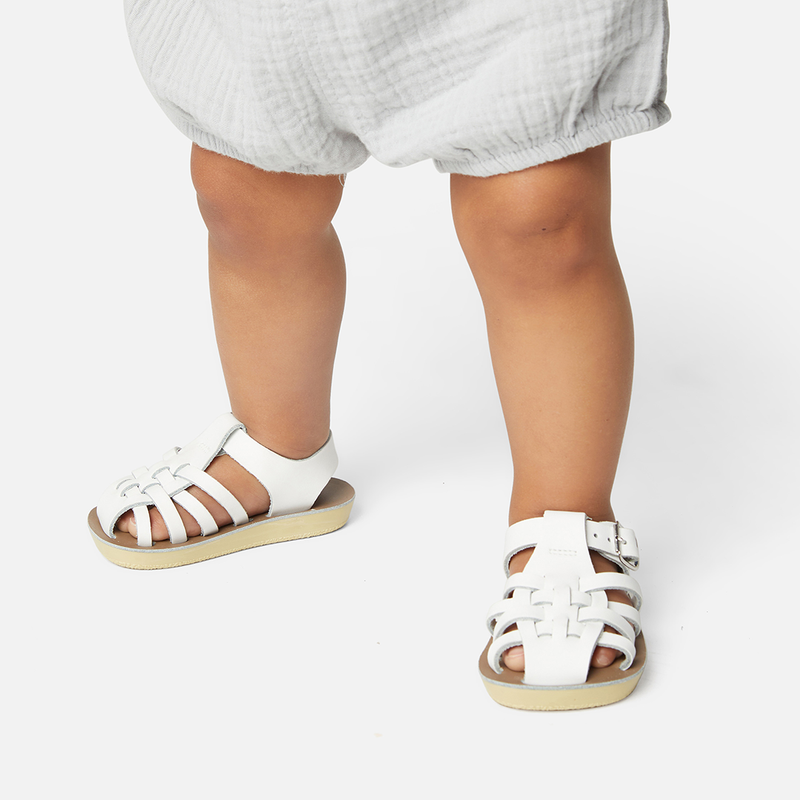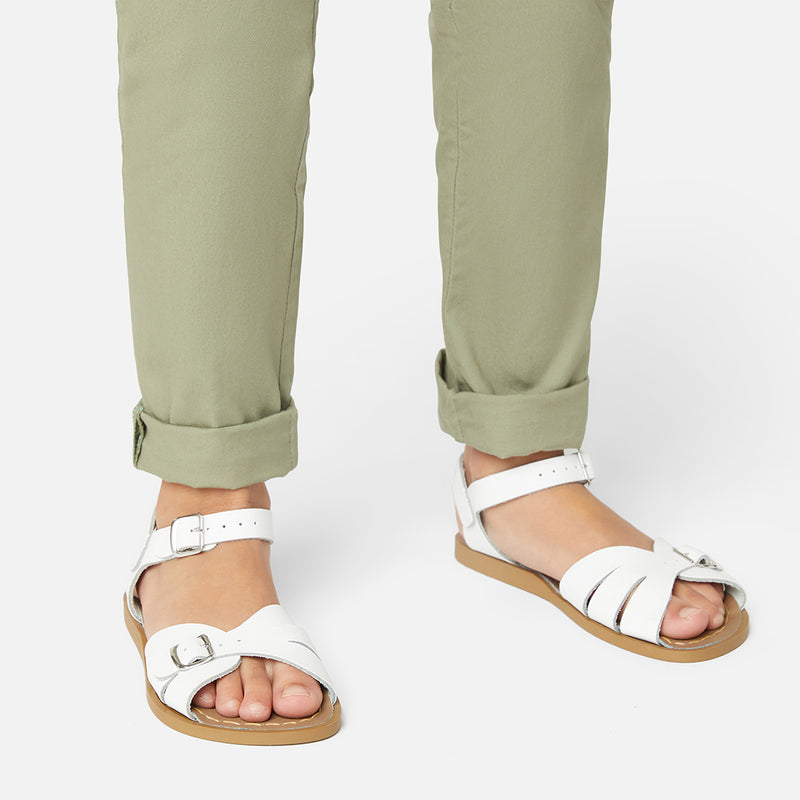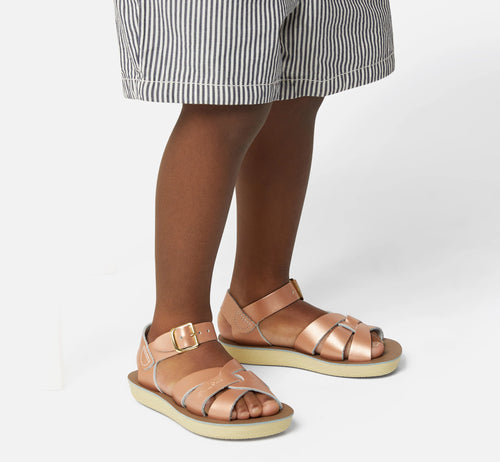
Autumn Equinox Harvesting with Salt-Water Ambassador Marina Cremers

Mum of 7 and champion of slow-living through the seasons, Marina Cremers is based in rural France and here to give her tips and tricks on sustainable gardening and a successful Autumn Equinox harvest.

We live in the middle of fields, in an agricultural region. When we started our first vegetable garden, three years ago, it was the former owner of our house who came to turn over a plot of our land with the rotary tiller (a technique that turns the soil less deeply than plowing and helps to maintain a more living soil). Little by little, we added more garden plots. Some were made with the permaculture technique known as "lasagna gardening," alternating layers of cardboard, manure, grass clippings and straw. In fact, it’s a layering of nitrogenous and carbon-rich materials. Our two most recent vegetable garden plots were formerly spaces reserved for the chickens. They scratched and fertilised the soil well!
We do not advocate one technique over another. In fact, we observe and adapt as much as possible. Sometimes, we make mistakes and start again. The garden is a wonderful place that teaches us every day and shows us resilience, humility and respect for life. We don’t control everything and we must adjust to the whims of the climate as well as the region where we live and its small inhabitants who can sometimes ravage part of our crops!

In September, we continue harvesting tomatoes, beans, courgettes, carrots and cucumbers, a process that began in August. Most of our harvests are preserved in jars, some are frozen and, of course, many go straight into our seasonal meals! The vegetables are put into jars and placed in a sterilizer for several hours on the gas stove.
Thus, little by little, our winter reserves are built up!
Our secrets to a successful harvest ...
-Patience. Start small with what your family eats the most. You’ll learn what works for you and can gradually expand. It takes time for a seed to grow!
-Adaptation. Some things will work and others won't. Do what’s best for your region. Observe your soil, the life within it and your environment.
-Perseverance. Don't get discouraged! Each year is different. Sometimes, the harvests will be abundant, other times less so. Don't be afraid to start again, to do things differently if something doesn't work.
-Don't neglect the different areas of the garden and how they complement one another! For instance, flowers will attract pollinators and other beneficial insects. Flowers aren't just pretty, they’re also useful! Some will even repel certain garden pests.
-Finally, enjoy yourself and have fun! Don't lock yourself into strict or rigid rules or techniques; each garden is different, just as we all are!

Our secrets to preserving your harvest ...
To successfully preserve your jars, make sure to respect the sterilisation time (calculated from the moment the water boils!)
A little tip: add 1/2 a teaspoon of “Sel de Guérande” or good flaky salt to each jar.
-The shelf life of jars varies greatly, depending on what is preserved (ranging from 1 to 5 years on average). If properly done from the start, some preserves like pâté can last more than 20 years!
-Our favourite dish (especially the kids!) is made from a jar containing a mix of tomatoes, onions, peppers and courgettes and makes a delicious spaghetti bolognese!
Make sure to be following Marina Cremers for further slow, sustainable living content!



